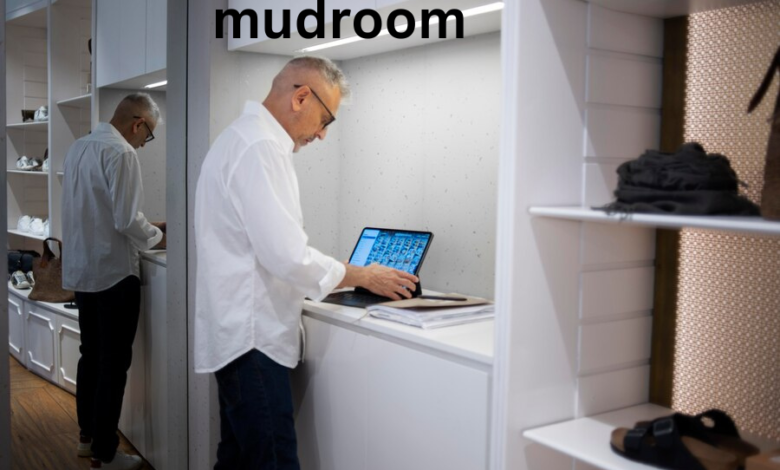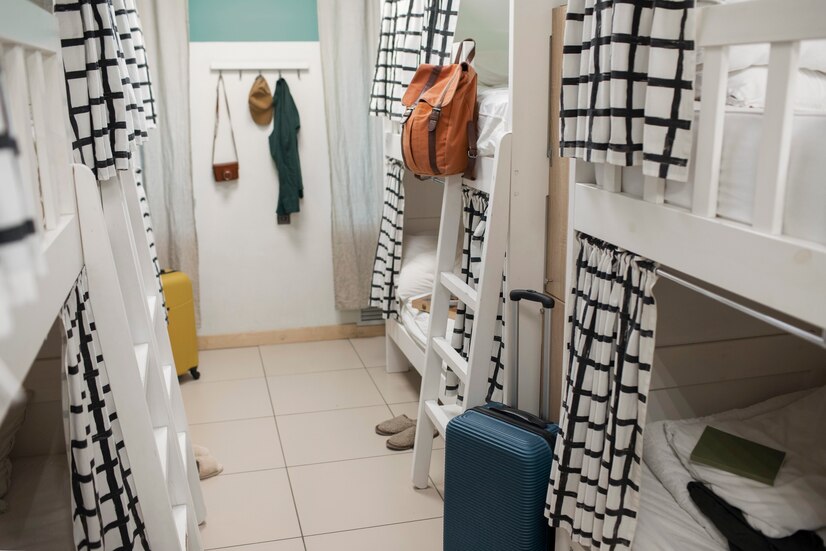The Ultimate Guide to Mudrooms: Design, Functionality, and FAQs

A mudroom is often the unsung hero of a well-organized home. Serving as a transitional space between the outdoors and the indoors, it is designed to catch the mess before it enters the main living areas. From storing shoes and coats to housing pet supplies and sports equipment, a mudroom is a practical and functional space that can significantly enhance the efficiency and cleanliness of your home. Whether you’re building a new home or renovating an existing one, understanding the importance of a mudroom and how to design it effectively can make a world of difference. In this comprehensive guide, we’ll explore the key elements of a mudroom, its benefits, design tips, and answer frequently asked questions to help you create the perfect mudroom for your home.
What is a Mudroom?
A mudroom is a dedicated entryway space, typically located near the back or side door of a house, that serves as a buffer zone between the outdoors and the indoors. Historically, mudrooms were common in rural homes where muddy boots and wet clothing needed a place to be stored before entering the main living areas. Today, mudrooms have evolved into multi-functional spaces that cater to modern lifestyles. They often include storage solutions like cubbies, lockers, hooks, and benches, making them ideal for organizing shoes, coats, backpacks, and other everyday items.
The primary purpose of a mudroom is to keep dirt, mud, and clutter from spreading into the rest of the house. However, it can also serve as a drop zone for keys, mail, and other essentials, making it a highly practical addition to any home.
Benefits of Having a Mudroom
1. Keeps Your Home Clean and Organized
One of the most significant advantages of a mudroom is its ability to maintain cleanliness and order in your home. By providing a designated space for removing and storing outdoor gear, a mudroom prevents dirt, mud, and debris from being tracked into your living areas. This is especially beneficial during rainy or snowy seasons when outdoor elements are more likely to be brought indoors.
2. Maximizes Storage Space
A well-designed mudroom offers ample storage solutions, helping you declutter your home. From shoe racks and coat hooks to shelves and cabinets, a mudroom can accommodate a wide range of items, including sports equipment, pet supplies, and seasonal gear. This not only keeps your home tidy but also ensures that everything has its place.
3. Enhances Functionality
Mudrooms are highly versatile spaces that can be customized to suit your specific needs. Whether you need a place to store gardening tools, a spot to feed your pets, or a workstation for folding laundry, a mudroom can be designed to fulfill multiple functions. This makes it an invaluable addition to any home.
4. Adds Value to Your Home
In addition to its practical benefits, a mudroom can also increase the value of your home. Potential buyers often view mudrooms as a desirable feature, especially in regions with harsh weather conditions. A well-designed mudroom can set your home apart from others on the market and make it more appealing to prospective buyers.
Key Elements of a Mudroom
1. Storage Solutions
Storage is the backbone of any mudroom. Without adequate storage, the space can quickly become cluttered and ineffective. Consider incorporating a mix of open and closed storage options to accommodate different types of items. Open shelves and hooks are perfect for frequently used items like coats and backpacks, while cabinets and drawers can store less frequently used items like seasonal gear or cleaning supplies.
2. Seating Area
A seating area is an essential component of a functional mudroom. A bench or set of stools provides a convenient spot for putting on or removing shoes, especially for children and elderly family members. Look for benches with built-in storage to maximize space and keep the area tidy.
3. Durable Flooring
Since mudrooms are high-traffic areas that are exposed to dirt, moisture, and debris, it’s important to choose durable and easy-to-clean flooring. Popular options include tile, vinyl, and concrete, which are resistant to stains and water damage. Adding a rug or mat can also help trap dirt and prevent slips.
4. Hooks and Hangers
Hooks and hangers are a simple yet effective way to keep your mudroom organized. Install them at different heights to accommodate both adults and children. Use them to hang coats, hats, scarves, and bags, ensuring that everything is easily accessible.
5. Pet-Friendly Features
If you have pets, consider incorporating pet-friendly features into your mudroom design. This could include a designated feeding station, a pet bed, or a storage area for leashes and toys. A mudroom with pet-friendly features can help keep your home clean and your pets comfortable.
Design Tips for a Functional Mudroom
1. Assess Your Needs
Before designing your mudroom, take the time to assess your family’s needs. Consider the number of people in your household, the types of items you need to store, and any specific functions you want the space to serve. This will help you create a mudroom that is tailored to your lifestyle.
2. Optimize Layout
The layout of your mudroom should be both functional and efficient. Place frequently used items like hooks and shoe racks near the entrance for easy access. Use vertical space to maximize storage, and ensure that there is enough room for movement, especially if multiple people will be using the space at the same time.
3. Choose a Cohesive Design
While functionality is key, don’t overlook the importance of aesthetics. Choose a design that complements the rest of your home’s decor. This could include matching colors, materials, and finishes to create a cohesive look. A well-designed mudroom can enhance the overall appeal of your home.
4. Incorporate Lighting
Good lighting is essential in a mudroom, especially if it’s used as a workspace or pet feeding area. Consider installing overhead lighting, as well as task lighting for specific areas. Natural light can also make the space feel more inviting, so if possible, include a window or skylight.
5. Add Personal Touches
Finally, don’t forget to add personal touches to your mudroom. This could include decorative elements like artwork, plants, or a chalkboard for messages. Personalizing the space will make it feel more welcoming and reflective of your family’s personality.

Frequently Asked Questions (FAQs)
1. What is the ideal size for a mudroom?
The ideal size for a mudroom depends on your family’s needs and the available space in your home. A small mudroom can be as compact as a closet, while a larger mudroom may include additional features like a laundry area or pet station. Aim for a balance between functionality and available space.
2. Can I create a mudroom in a small space?
Yes, even a small space can be transformed into a functional mudroom. Use vertical storage solutions like wall-mounted hooks and shelves to maximize space. A narrow bench with built-in storage can also provide seating without taking up too much room.
3. What flooring is best for a mudroom?
Durable and easy-to-clean flooring options like tile, vinyl, and concrete are ideal for mudrooms. These materials are resistant to stains, water damage, and wear and tear, making them perfect for high-traffic areas.
4. How can I keep my mudroom organized?
To keep your mudroom organized, designate specific areas for different items. Use labels, bins, and baskets to categorize and store items like shoes, coats, and accessories. Regularly declutter the space to ensure it remains functional.
5. Can a mudroom add value to my home?
Yes, a well-designed mudroom can add value to your home. It is a desirable feature for many homebuyers, particularly in regions with harsh weather conditions. A functional and aesthetically pleasing mudroom can set your home apart from others on the market.
Conclusion
A mudroom is more than just a practical space; it’s a gateway to a cleaner, more organized home. By incorporating thoughtful design elements and storage solutions, you can create a mudroom that meets your family’s needs and enhances your daily life. Whether you have a large dedicated space or a small nook, a mudroom can be customized to suit your lifestyle and preferences. From keeping dirt at bay to providing a convenient drop zone for everyday items, the benefits of a mudroom are undeniable. So, if you’re looking to improve the functionality and appeal of your home, consider adding a mudroom to your design plans. With the tips and insights provided in this guide, you’ll be well on your way to creating a mudroom that is both practical and stylish.